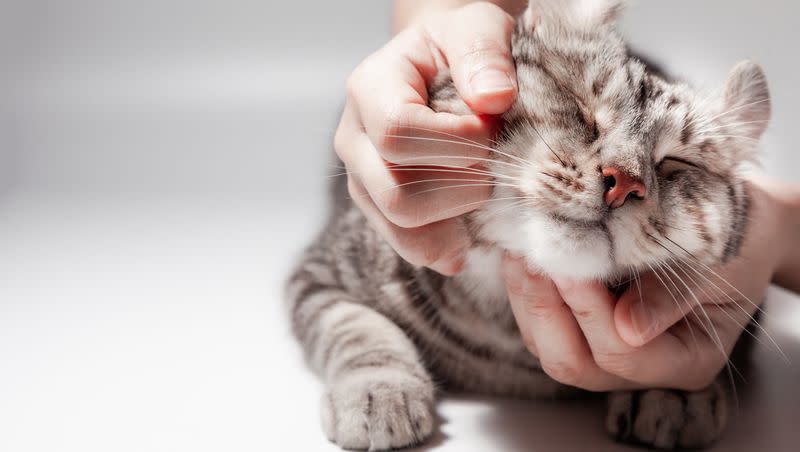A case of the bubonic plague popped up in Oregon — from a pet cat

Oregon just saw its first case in eight years of the bubonic plague in a human, with officials saying it probably came from a pet cat.
According to NBC, the cat had been very sick with a draining abscess before the owner was hospitalized and diagnosed with the human plague.
How is the plague spread?
The Centers for Disease Control and Prevention reports that the plague first entered the United States in 1900, from rats that stowed away on steamships arriving from Asia and other countries.
Since then, the plague has become common in the western United States in the many rodent populations, per CDC. There are three main ways it spreads.
Flea bites.
Contaminated fluids and tissues from animals.
Infected droplets from sneezes or coughs.
How did the cat get the plague?
The CDC says that cats are the most susceptible to getting infected with the plague since they are most likely to be around plague-infected rodents, whether that is eating the rodents or getting the fleas themselves.
According to NBC, “Cats are particularly susceptible to plague because their bodies have a hard time clearing the infection and they’re more likely than some other pets to chase and capture rodents.”
Because of this, humans are susceptible to getting the plague via plague droplets, per the CDC.
Symptoms of the plague
Symptoms normally appear within a week after exposure, but the symptoms vary depending on the type of plague, per the CDC.
Bubonic plague normally has symptoms of fever, headaches and swollen lymph nodes on the body due to flea bites.
Septicemic plague includes fever, chills, abdominal pain and possible internal bleeding, along with tissue decay.
Pneumonic plague also has fever, chills and headaches but with a rapid onset of pneumonia.
Should we worry about the plague?
According to David Wagner, director of the Biodefense and Disease Ecology Center at Northern Arizona University, the current bubonic plague is the same strain that caused the Black Death in the Middle Ages, but now isn’t a high threat due to the common use of antibiotics, per NBC.
“Now it’s very easily treated with simple antibiotics,” Wagner said to NBC.
But pet owners should still take precautions. According to NBC and Deschutes County Health Services, pets should be kept on a leash when outside, avoiding rodents whether they’re dead or alive, and pet cats should be discouraged from hunting rodents.
Other precautions include using flea-repellant medication and insect repellant.

